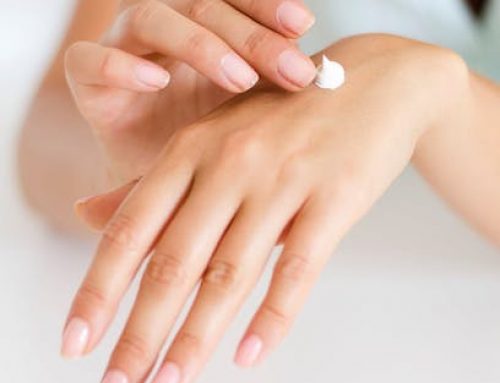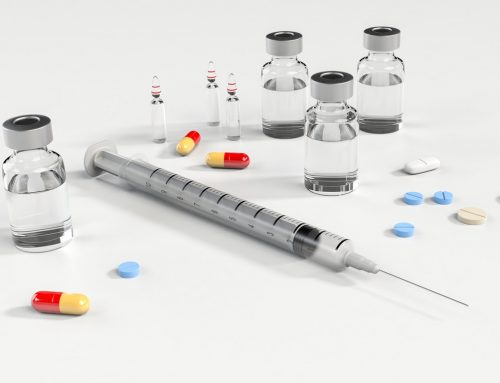Nitric oxide has important roles in the body. This chemical attained star status in the 1980’s when it was discovered that it is a key molecule in the cardiovascular system that helps keep blood vessels healthy and regulates blood pressure. Nitric oxide (NO) is released by the inner layer of blood vessels keeping these vessels flexible and allowing them to dilate, boosting blood flow. The drug, nitroglycerin relieves chest pain by becoming nitric oxide and improving the flow of blood and oxygen to the heart. A Nobel Prize was awarded in 1998 to three researchers for these discoveries.
The nitric oxide molecule is also involved in the immune and nervous systems, and participates in some ways in chronic inflammation and cancer. It also regulates the death of many immune and inflammatory cells.
In 2003, in an attempt to better understand some of the mechanisms of Red Skin Syndrome (RSS), I undertook a well controlled blood study comparing nitric oxide levels of active RSS patients, cured RSS patients (at least 2 years after all red flares and symptoms disappeared) and a further control group of new, non-treated very mild eczema patients. All patients were studied for one year with various random samples of blood to test for NO. Amazingly, and with a remarkable statistical significance, the active RSS patients had hugely elevated NO levels and the two other groups minimal or no elevations at all. The elevations were still evident, as well as their RSS skin and symptoms to the end of the year when we stopped the study.
My nitric oxide study was published in Archives of Dermatology in August, 2004.
I have still not ascertained why cessation of steroids, the curative withdrawal protocol treatment for active RSS, allowed for an entire year of elevated NO and continuation of the pathology.
What is the connection between active RSS and elevated levels of nitric oxide? In RSS the steroids turn the switch on to maintain a continual outpouring of NO with no stoppage built in — the system goes out of control – why??
Is this somehow connected to the out of control growth found in cancer cells?
It is known that certain foods boost nitric oxide. Could foods be involved in the continuation of the disease?
It is also known that exercising boosts nitric oxide release.
Could exercise be involved in the continuation of the disease?
These important questions require further investigation.






